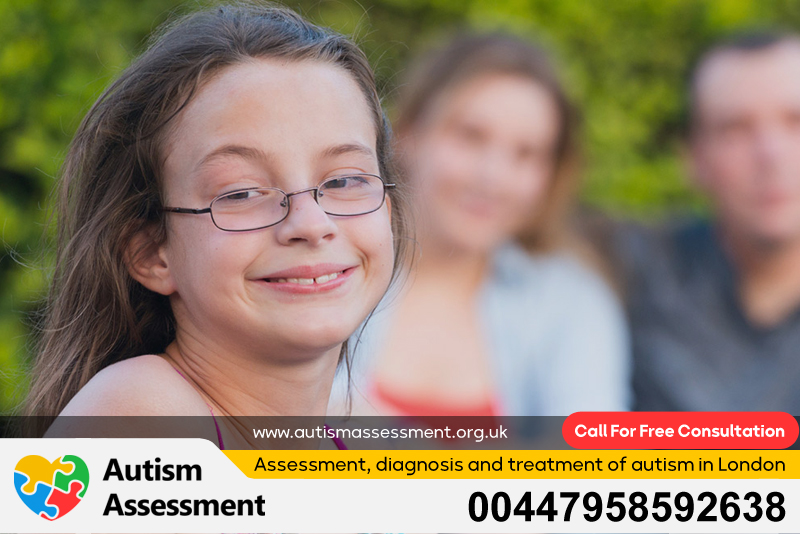Autism Spectrum Disorder (ASD) and Attention Deficit Hyperactivity Disorder (ADHD) are two distinct neurodevelopmental disorders that can significantly impact an individual’s daily functioning and quality of life. Both disorders are characterized by unique sets of symptoms, but they also share some overlapping characteristics, which can complicate accurate diagnosis and treatment. For parents, educators, and healthcare professionals, understanding the differences between autism and ADHD is crucial in order to provide appropriate support and interventions. This article explores the tests and assessments available for diagnosing these conditions, helping caregivers navigate the complex landscape of neurodevelopmental disorders.
Diagnosing autism and ADHD typically begins with a comprehensive evaluation. For autism, professionals often rely on standardized assessment tools and observational checklists to evaluate an individual’s social interactions, communication abilities, and behavior. The Autism Diagnostic Observation Schedule (ADOS) is one of the most widely recognized instruments used for this purpose. It involves structured interactions and play activities that allow clinicians to observe a child’s social communication patterns directly. The diagnostic process may also include gathering information from caregivers about the child’s developmental history and current behaviors, utilizing tools like the Autism Diagnostic Interview-Revised (ADI-R).
In contrast, ADHD assessment involves a combination of behavior rating scales, clinical interviews, and observations from multiple settings, such as home and school. The Conners Rating Scales and the Behavior Assessment System for Children (BASC) are popular tools used to evaluate ADHD symptoms based on reports from parents, teachers, and sometimes the individuals themselves. These tools assess various dimensions of behavior, including inattention, hyperactivity, and impulsivity. A diagnosis usually requires that symptoms have persisted for at least six months and are present in more than one environment, such as both home and school.
One of the significant challenges in diagnosing autism and ADHD is the comorbidity of the two conditions. Research indicates that many individuals diagnosed with one disorder may also exhibit symptoms of the other. This overlap can lead to confusion and misdiagnosis, emphasizing the importance of a thorough evaluation process. Clinicians must be trained to distinguish between the characteristics of autism, such as difficulties with social communication and restrictive interests, and ADHD symptoms that primarily focus on inattention, hyperactivity, and impulsivity. Comprehensive assessment tools and practices are essential to create an accurate diagnosis and individualized treatment plan.
Parents and guardians often play a critical role in the diagnostic journey. Their insights about the child’s developmental milestones, behavior changes, and challenges in social situations provide valuable context for professionals. Open communication between families and clinicians can lead to better understanding and advocacy for appropriate services. Encouraging parents to document behaviors and concerns over time can be immensely helpful during evaluations. Additionally, parents should feel empowered to seek second opinions if they believe their child’s needs are not being accurately represented or met.
Beyond testing and assessment, early intervention plays a fundamental role in supporting children with autism or ADHD. Timely identification of the disorders allows for the implementation of therapeutic strategies that can significantly improve outcomes. For children with autism, interventions often focus on enhancing communication skills, social interactions, and daily living skills through behavioral therapies and educational programs, such as Applied Behavior Analysis (ABA). These strategies can help children engage more effectively with their peers and family members. For children with ADHD, behavioral therapy, medication, and organizational skills training can help manage impulsivity and improve attention.
In conclusion, navigating the diagnostic process for autism and ADHD requires careful assessment, collaboration between families and professionals, and a strong understanding of the symptoms and their impact on daily life. Tests and evaluations play a crucial role in clarifying each child’s unique profile of strengths and challenges. Timely and accurate diagnosis can lead to effective support and interventions that empower children and help them thrive in their environments. As awareness continues to grow about these neurodevelopmental disorders, it is essential to prioritize understanding and compassion to foster inclusive and supportive communities for individuals with diverse needs.



